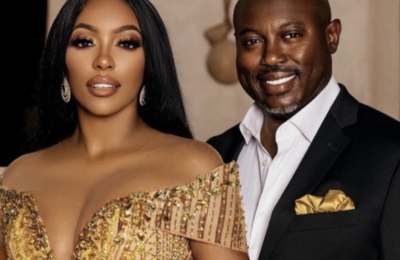The musical theory behind the “Migos flow”
Trap music was born in Atlanta, and if you listen to a lot of it, you’ll notice a lot of the same elements in each song. Lyrically and culturally, there is a lot to talk about—we recommend starting with this article Atlantan Rodney Carmichael wrote for NPR earlier this year. Musically, you’ll often notice 808 drums, hi-hats, synthesizers, and the triplet.
For the latest video in her “Earworm” series, Vox journalist Estelle Caswell breaks down the “Migos flow”—it’s all about triplets, and it’s been used in hip-hop since the 1980s.
If you’ve ever learned to play a musical instrument, you likely know the musical notation—three beats evenly played in the space of what would normally be two or four—and if you’ve never heard of it, Caswell uses a well-known classical example in the opening notes of Beethoven’s “Moonlight Sonata.” And the same type of notes are found in the raps of Migos’s “Bad and Boujee” and “Versace,” Desiigner’s “Panda,” 21 Savage’s “Bank Account,” and dozens of others.
But before that, as the video explains, triplets were heard in The Dismasters “Small Time Hustler” (1987), Bone Thugs-N-Harmony’s “Creepin on Ah Come Up” (1994), and Three 6 Mafia’s “Mystic Stylez” (1995), among several others.
“Triplets were always in rap, and then triplets were waiting for trap music to come along, and then trap music came along, and it was a marriage made in heaven,” says Justin Hunte of hip-hop website Ambrosia for Heads in the video.
So are triplets what makes Migos sound like Migos? No way—boiling down an artist’s entire musical style down to a single notation is hardly an accurate representation. But it does explain why you might think a lot of today’s trap hits “all sound the same,” as Snoop Dogg suggests in the beginning of the Vox video—plenty of rappers are incorporating triplets into their flow. (M)












